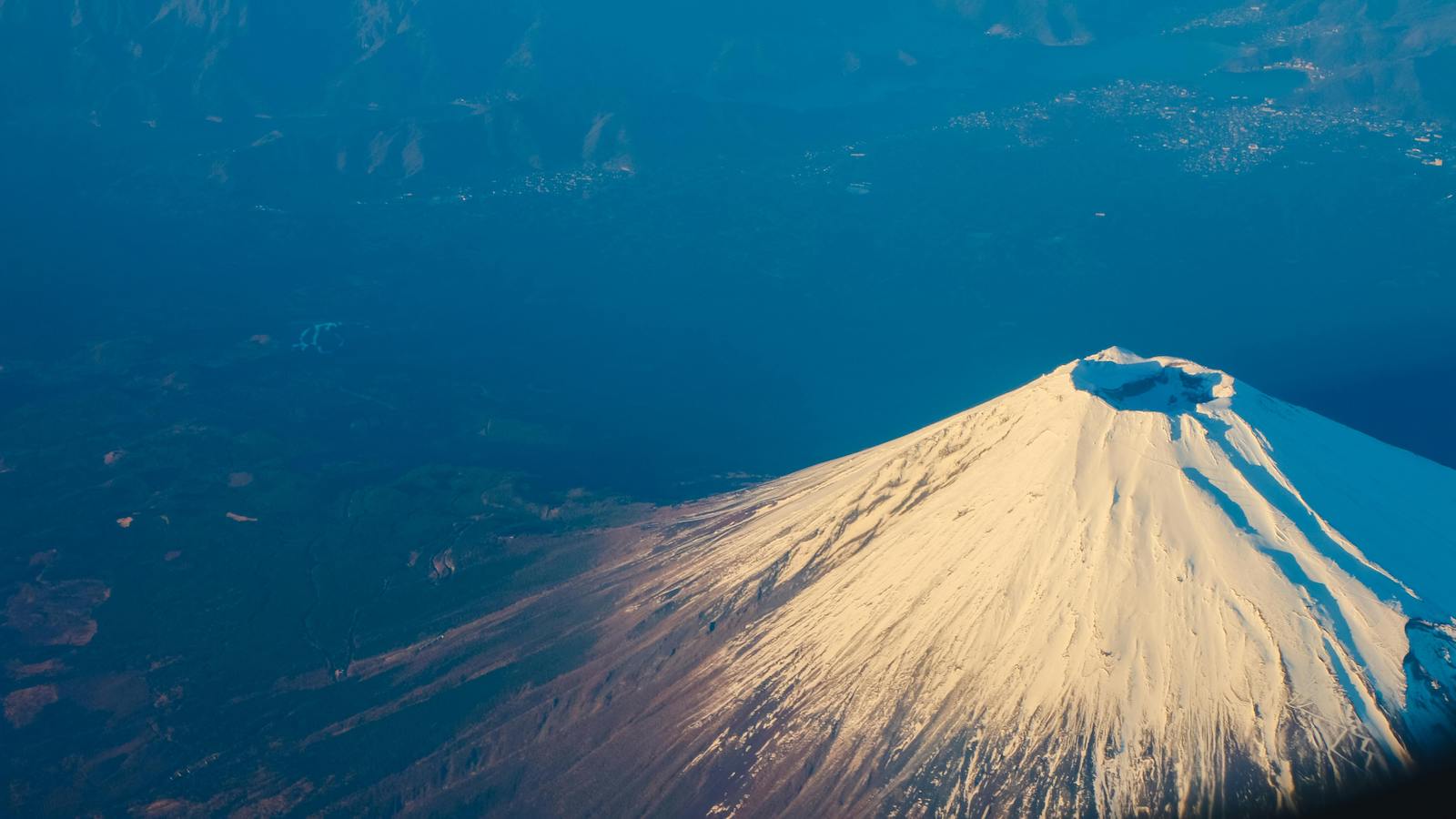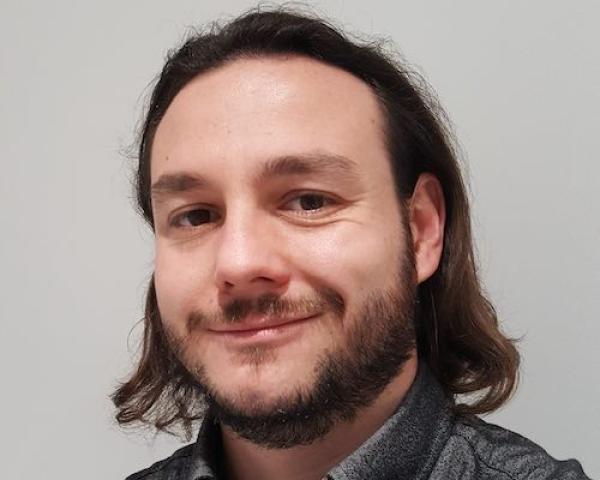KEY TAKEAWAYS:
--The demand for volcano catastrophe models has been tepid, meaning many insurers may not fully recognize the eruption-related risks to which they are exposed, which include direct physical damage as well as indirect effects such as supply chain disruption.
--The "what if" methodology of downward counterfactual analysis probes the outcomes of near-miss incidents, assuming they had escalated adversely. These insights can enhance preparedness and reduce the impact of similar future events.
----------
Volcanic eruptions are relatively uncommon when compared with the frequency of other geohazards, such as earthquakes. But volcanic unrest occurs much more often.
Volcanic unrest is signified by precursors such as seismicity, ground deformation, release of volcanic gases and increased heat flow. Unrest can last for months or even years. For example, in the 1930s, there were several years of unrest on the Caribbean island of Montserrat. There was no eruption following the unrest in the 1930s, nor in the 1960s, when there was further major unrest on the island. But both periods of unrest warned of the potential for an eruption, which eventually began on July 18, 1995, claiming 24 lives and destroying nearly two-thirds of the island.
Could Montserrat and the insurance industry have been better prepared? Reflecting on the unrest in the previous decades, could a deeper analysis of "what could have been" - employing downward counterfactual thinking - have spurred more robust preparations?
See also: Parametric Insurance Can Tackle Climate Risks
Tepid demand for volcanic risk modeling
Costly disasters in the 1990s, such as Hurricane Andrew, highlighted the inadequacy of existing risk management practices and catalyzed the emergence of the catastrophe modeling industry. But while models for weather-related and seismic risks gained traction, volcanic risk models did not enjoy comparable adoption, even in the wake of the Montserrat eruption.
The rarity of volcanic events and the absence of significant historical losses have led to a tepid demand for models in the insurance sector, especially when compared with more frequently occurring perils such as wildfires, floods and windstorms. The absence of volcanic catastrophe models means that many insurers may not fully recognize the eruption-related risks to which they are exposed, which include direct physical damage as well as indirect effects such as supply chain disruption.
See also: AI, Aerial Imagery Can Help Spot Flood Risks
Reimagining the past to prepare for the future
The "what if" methodology of downward counterfactual analysis probes the outcomes of near-miss incidents, assuming they had escalated adversely. The aim is to harness insights from these hypothetical worst-case situations to enhance preparedness and reduce the impact of similar future events.
For a given period of volcanic unrest, it is possible to reimagine the past by considering a range of plausible eruptive scenarios and estimating their likelihood of being realized. Currently, there is unrest at the Campi Flegrei caldera near Naples in the form of ground deformation, continuing since 2004, and more recent seismic activity.
An Mw4.2 earthquake occurred on Sept. 27, 2023, the largest in 40 years, which should prompt a re-analysis of past unrest to help prepare for possible future outcomes. Between 1982 and 1984, there was a volcanic crisis at Campi Flegrei, which caused building damage and triggered the evacuation of tens of thousands of people.
A downward counterfactual analysis of this crisis could consider the building damage consequences of future seismicity clustered under different towns within the caldera. Unrest at Campi Flegrei, a densely populated area, poses a significant risk to life and infrastructure in the event of eruption, but impact on the insurance industry would likely be limited due to low insurance take-up in Italy. In contrast, the U.S., Japan and New Zealand are countries with areas of high insurance exposure that are subject to significant volcano risk.
The eruption of Eyjafjallajökull, Iceland, in 2010, caused enormous disruption to air travel and temporary closure of European airspace. The International Air Transport Association stated that the total loss to the airline industry from the eruption was around $1.7 billion.
When rare events such as this occur, thoughts turn to how such losses might have been mitigated. These are upward counterfactuals, but risk managers need also to be mindful of downward counterfactuals, such as the triggering of an eruption of Katla, the big sister volcano of Eyjafjallajökull. Cascading events, where one event triggers another, can be very difficult for risk modelers to anticipate but devastating if they do occur. Identifying such compound scenarios for historical events is an objective of downward counterfactual analysis.
Incorporating downward counterfactual analysis into risk management practices is not just an academic exercise but an essential strategy for ensuring financial robustness and strategic foresight. By reimagining worse outcomes than those historically observed, insurers can anticipate and prepare for events that, while rare, have the potential to cause catastrophic loss.
Recognizing these near misses allows for more refined pricing, customized coverage options and adequate capitalization. As the world faces increasing uncertainty, integrating downward counterfactual analysis for volcanic risks ensures that the insurance sector remains prepared in its role as a safeguard against the unexpected.







